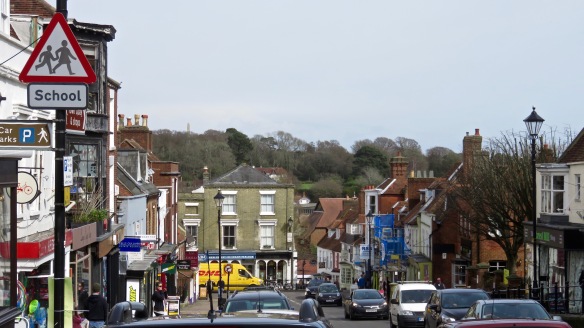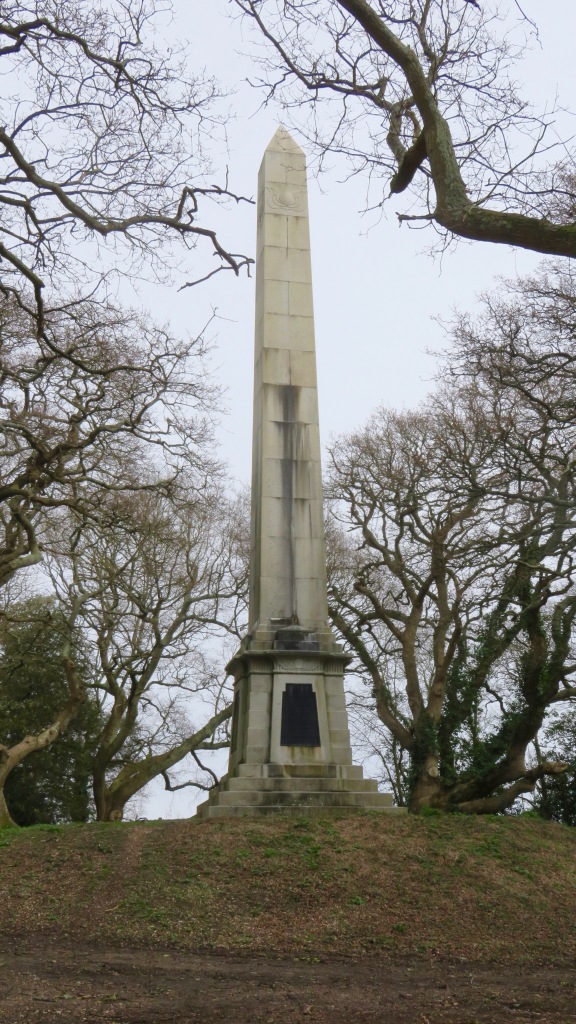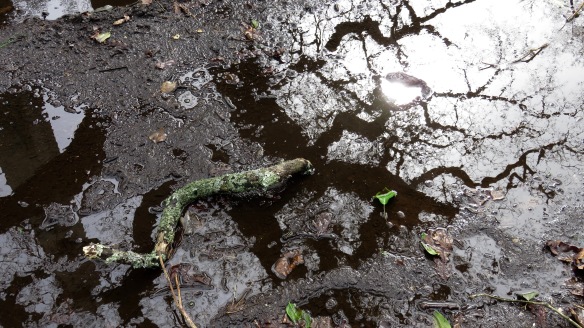This morning we drove to The First Gallery with the last of the prints for the exhibition,
and Jackie’s donation of labelled seedlings,
with which she has included explanatory notes.
On our journey via Beaulieu, cattle basked by the roadside at East Boldre.
Margery and Paul’s reception rooms resembled a frame-maker’s workshop, which, indeed they are at the moment. We are assured all will come right on the night. I commented that there was more work going into the mounting of my pictures than in the printing of them. Paul does make exceedingly good frames.
On our return trip, the cattle had been replaced by donkeys, but we had already seen some by the river at Beaulieu, playing host to parasitic jackdaws. It is very difficult to find somewhere to Park in Beaulieu, so, by the time we did so, the birds that had been fiercely stabbing the hides of the unflinching drowsy asses on which they were perched,
had moved off by the time I had walked back to the scene.
We have often wondered at the obelisk that we have noticed when walking down Lymington High Street,
therefore passing Monument Lane on the approach to this small town, we decided to investigate. There was barely any passing space along this muddy track which led us to:
 Clicking on the images above and below
Clicking on the images above and below
will provide enlarged information giving the story of
the monument.
The notice board explains the railing stumps around the obelisk. These are the residue of iron that was commandeered for World War 2 armaments. Buildings, including residential homes, throughout their lands lost their railings, never to be replaced. It is highly debatable how much of this material was ever actually used for the war effort.
Unsown trees have now grown to fill what was once open parkland,
and muddy, reflective, pools now surround its mound.
This evening we dined on roast duck, mashed potatoes, carrots, and Brussels sprouts followed by treacle tart and cream. Jackie drank Hoegaarden and I finished the madiran.











